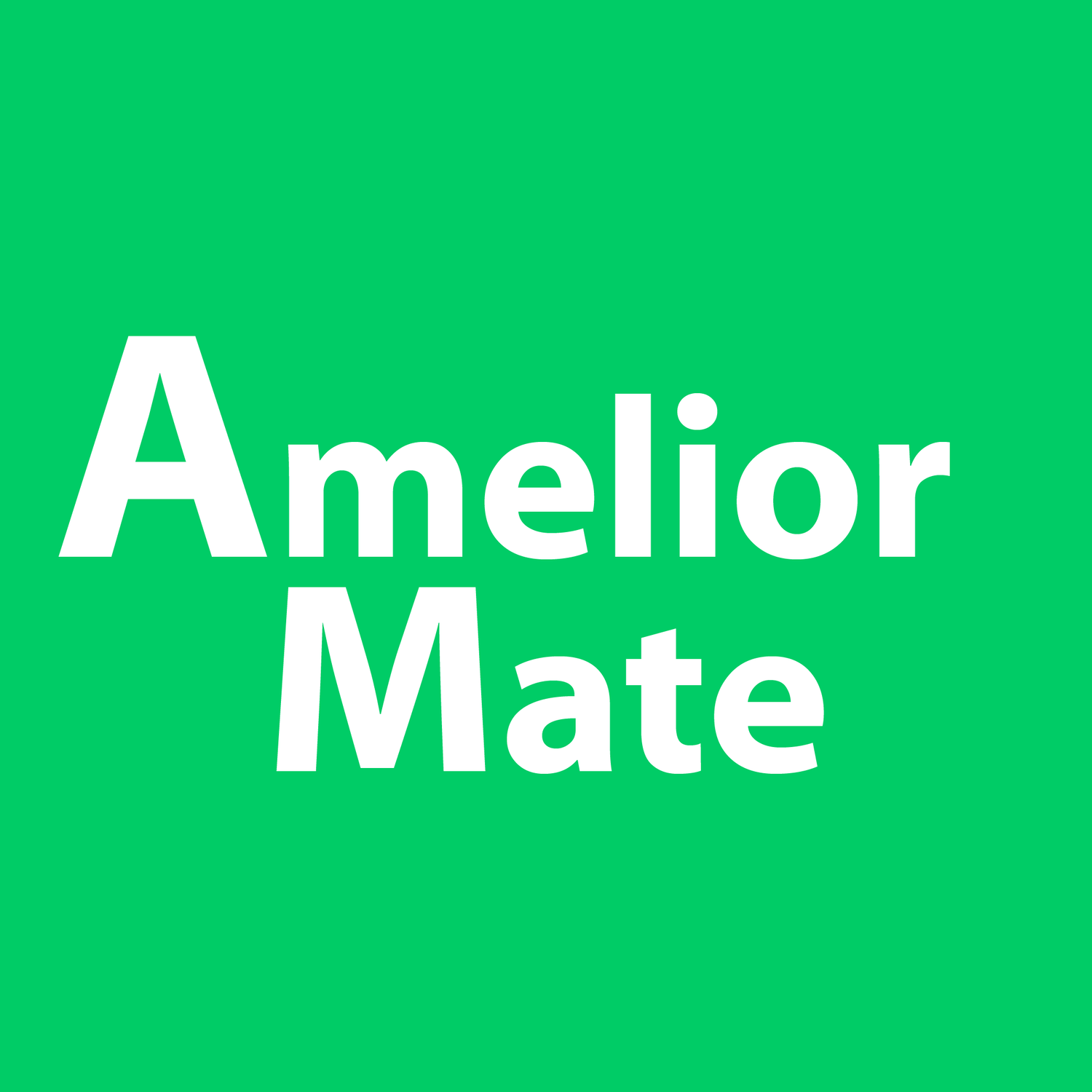
Qualitative Analysis
At AmeliorMate, we specialize in qualitative analysis, drawing meaning from words to solve problems.
What is Qualitative Analysis?
Qualitative analysis focuses on drawing meaning from words and turning that meaning into numbers to be analyzed quantitatively.
When you conduct a closed-ended survey (questions with a fixed set of response options), you end up with frequency tables representing the various response options and can immediately generate a quantitative analysis. It’s simpler and cheaper and appropriate in many cases (if you truly know all of the possible response options e.g. Do you live in the city of Denver or not?) yet generates comparatively shallow insights for questions trying to find the root of problems.
When you include an open-ended question (a question without a list of pre-written response options) things get messier. You get a variety of responses that do not fit into your preconceived notions of what respondents ought to have said. You have to let the respondents tell you the appropriate response categories and then sort responses into frequency tables based on those themes.
In most instances, qualitative analysis is quantitative analysis, just with a few extra steps.
Why is Qualitative Analysis useful?
Qualitative analysis is useful because it can shed light on parts of the problem or question you never would’ve thought of on your own. For example, let’s say you want to know how to incentivize your employees to participate in a company program. You might assume based on common wisdom that the only two variables affecting participation are money (giving a bonus) or time away from other projects (which also costs you money).
If you conducted a closed-ended, purely quantitative analysis, you might ask “which is most important to you when deciding whether or not to participate in the program, being given more money or given more time?”
The results would reinforce your preconceived notions because your resulting report would read “X% of employees reported money as the most important factor when deciding whether or not to participate while Y% reported time as the most important factor.”
Had you included open-ended questions, you might’ve simply asked, “what is the biggest barrier preventing you from participating in the program? What is the number one thing we could do to get you to participate in the program?”
Much of the time, such open-ended questions reveal underlying factors you never would’ve thought to ask about. For example, perhaps you would’ve found professional recognition in front of peers to be on par with more time, or providing detailed information on how the program works and the resulting benefits as on par with more money.
In the end, you would be able to design incentives far more powerful and cost-effective than time or money alone.
That is the power of qualitative research.
Whether you’re interested in collecting qualitative data for a new project or simply having your existing open-ended responses analyzed, we can help. Fill out our contact form today to set up a quick consultation on your project.
